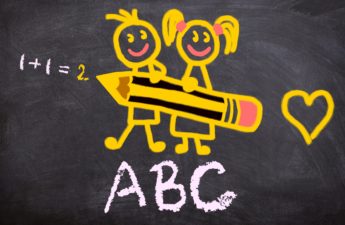In the constantly evolving landscape of technology and global events, an intriguing thought struck me while perusing the latest developments at OpenAI, which has recently seen an unprecedented shuffle in its leadership. Why not channel the curiosity of students towards the dynamic world of news? Let’s delve into this idea for a moment.
Consider OpenAI: a technological marvel widely utilized by students, yet its intricate workings—technological, financial, and ethical—are often shrouded in mystery to them. Staying abreast of current events is not just informative; it’s a strategic advantage. From SpaceX’s awe-inspiring Starship launches to the fascinating shifts in media ownership like an Abu Dhabi backed fund taking over the Spectator and the Telegraph, and even to more local happenings like Romania’s innovative national recycling program or the buzz around the latest season of “The Crown,” these events shape our world in many ways.
Yes, the internet is full of sophisticated news aggregators and websites offering a wide range of information at no cost. However, this abundance often leads to information overload, particularly for the younger generation. While they are not disinterested, the sheer volume of content available can be overwhelming. Today’s students are content-rich but focus-poor, lacking not in access to information but in the discipline and selectivity needed to forge a habit of staying informed while sifting through the noise.
And this is where lies the value of a structured approach to news consumption, tailored to diverse interests and educational settings. Such an initiative could significantly enhance awareness and curiosity among students. Imagine sparking a student’s interest in technology by discussing the latest advancements, or kindling a fascination for international relations through real-world examples of diplomacy and conflict. This method of learning could open doors to new interests, career paths, and a deeper understanding of the world we live in.
By integrating a curated exploration of current events into the educational framework, we can equip students with not only knowledge but also the critical thinking skills to navigate an increasingly complex world. The aim is to transform news consumption from a passive activity into an engaging, thought-provoking journey of discovery and learning.



